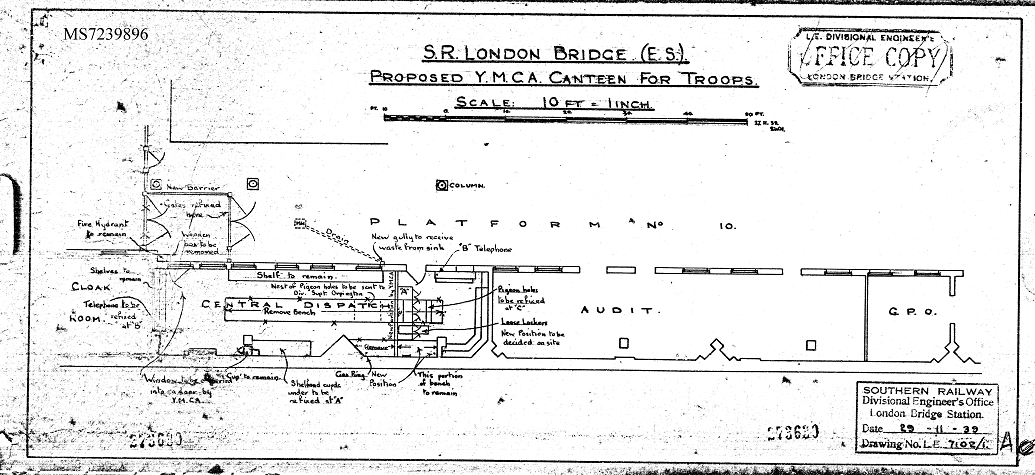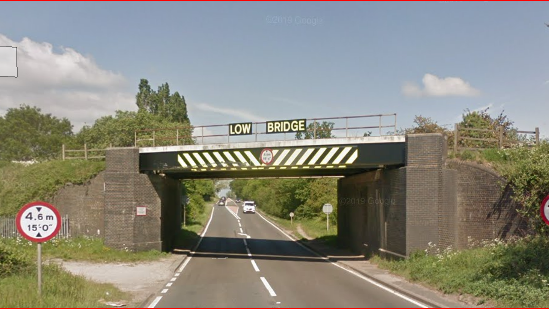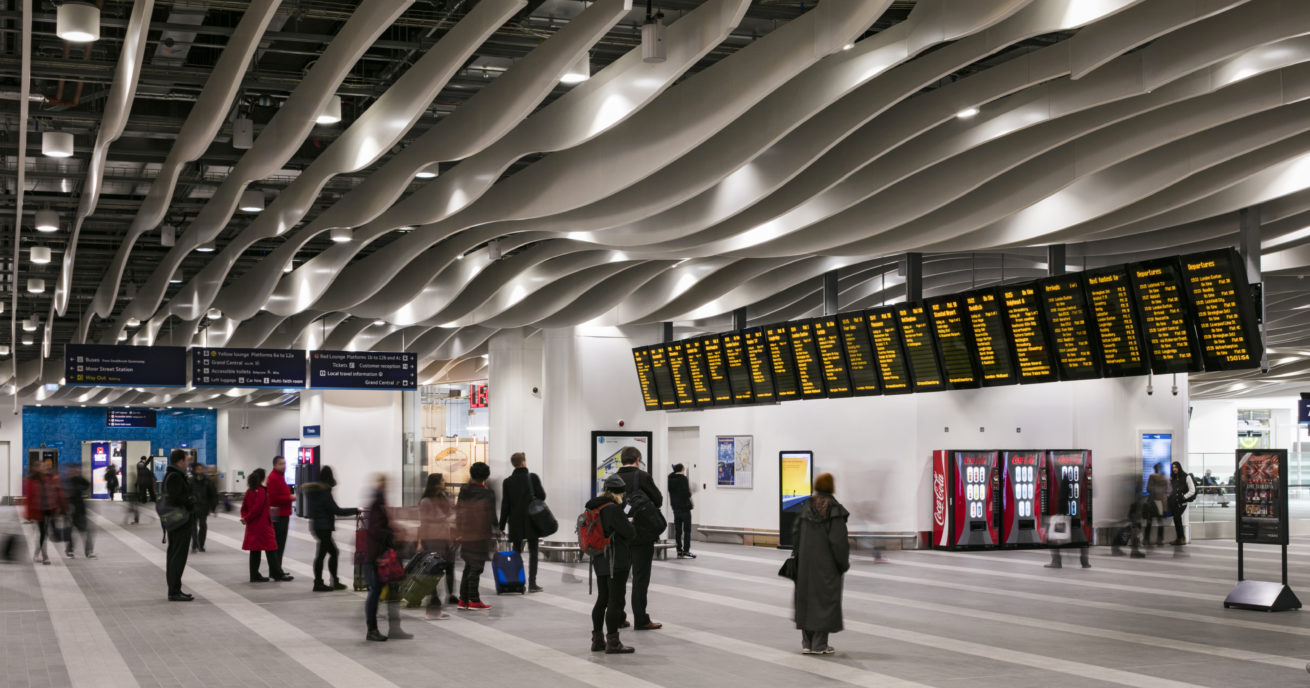The Network Rail archive is the custodian of a vast collection of historic documents and plans relating to today’s railway infrastructure.
It represents the development of the most significant structures, engineers and innovation on the railway from the 19th century to the present.
Each month we will delve into the archive to shine a light on the development of our network through the ages.
June: WWII
This D-Day – 81 years since Allied troops landed on the beaches of Normandy – we uncover fascinating images of the railway’s preparations for conflict in Europe.
The railway performed a vital role during the war, mobilising huge numbers of armed forces personnel and evacuees, and providing shelter and food for servicemen and civilians.
The most striking drawings include this plan for an air raid shelter at London Waterloo station:
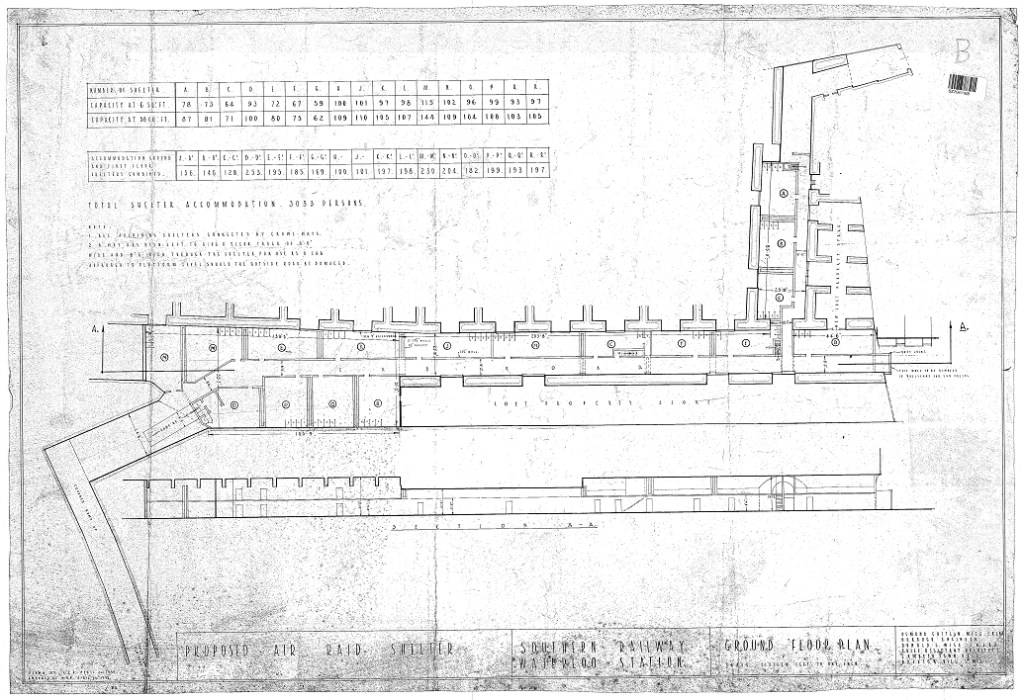
In 1939, London Bridge station planned a dedicated canteen for servicemen:
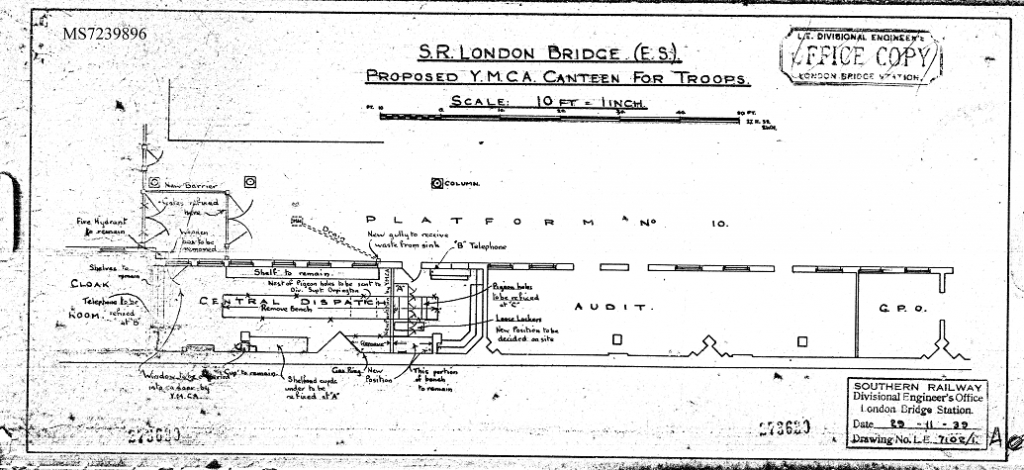
London Charing Cross station was among the major pieces of transport infrastructure to suffer bomb damage during the Blitz:
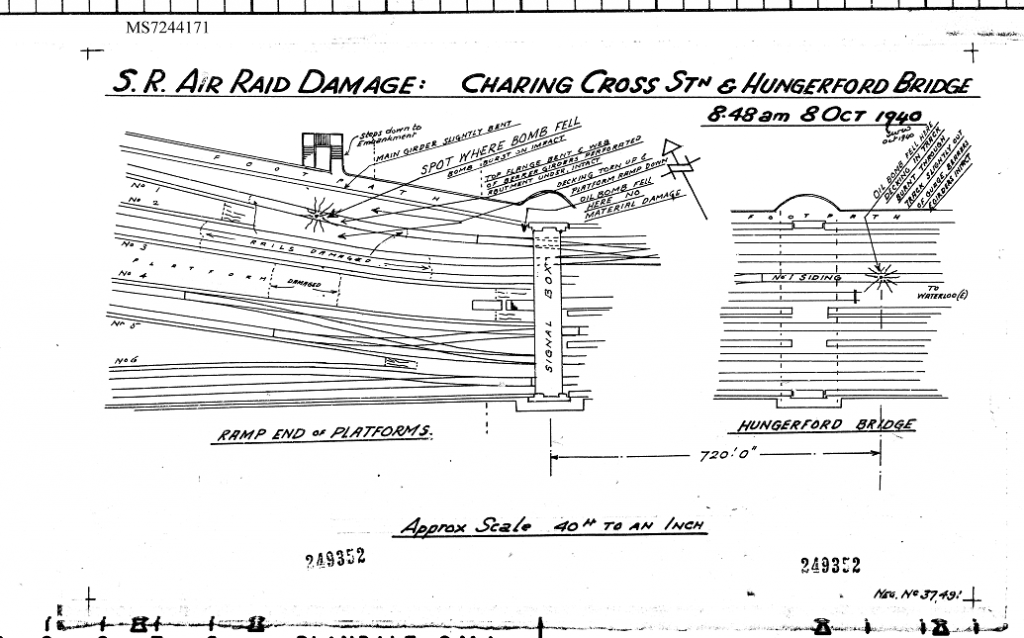
This sign – pointing military personnel to the railway traffic officer – suggests members of the armed forces were crowding railway stations after hours:
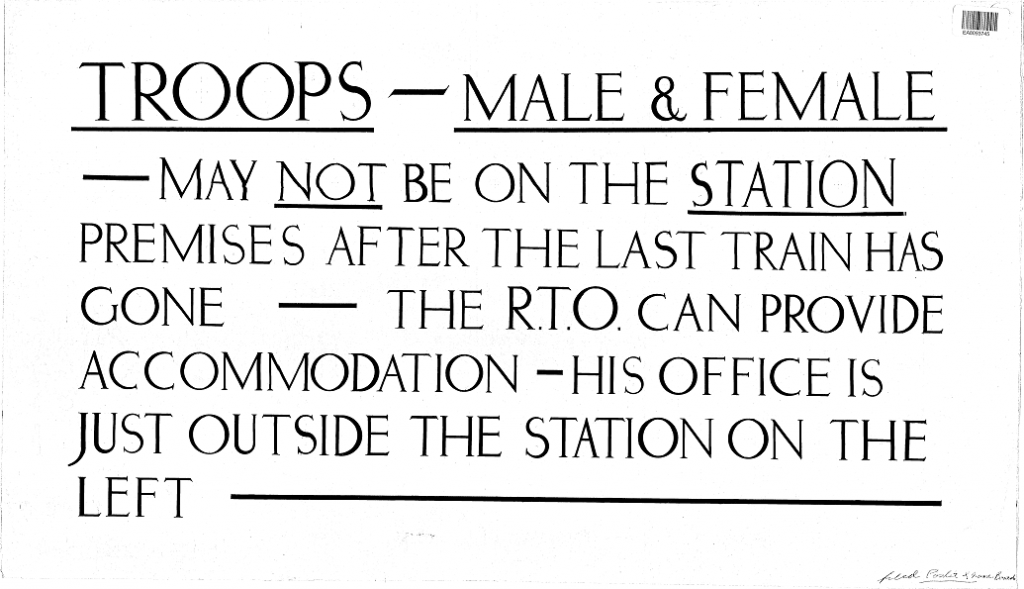
Read more
- From the archive: William Henry Barlow
- From the archive: the Royal Albert Bridge
- From the archive: the Royal Border Bridge
- From the archive: Glasgow Queen Street
- From the archive: London Charing Cross
- Step back in time… and inside Britain’s busiest signal box
- Network Rail graduates step into history
- Preserving railway history: five things saved by Network Rail
- Incredible Stephenson railway history rediscovered
